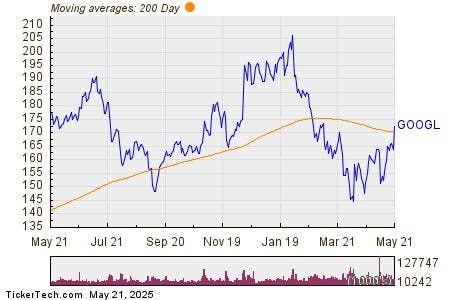Fixed income markets expect the Federal Open Market Committee to hold interest rates steady on May 7. That’s because inflation is “somewhat elevated” and the job market appears “solid” as stated in the FOMC’s March statement. Based on this reading of the economy, FOMC officials have shown patience in approaching further rate cuts.
However, there is considerable economic uncertainty and survey data has become more pessimistic due, in part, to current and expected tariffs. Markets and policymakers both see interest rates moving lower later in 2025, but the extent of any interest rate cuts remains in question.
The Fed’s Next Meeting
The FOMC is scheduled to meet on May 6-7, announcing an interest-rate decision on May 7. Of course, the FOMC can change interest rates as needed, but outside of extreme economic events, the FOMC follows a scheduled calendar of eight meetings per year.
May will be the third scheduled meeting of 2025. Interest rates were held steady in January and March following cuts to rates in 2024. In addition to the information provided in the decision statement, Federal Reserve Chair Jerome Powell is scheduled to hold a press conference on May 7. The May meeting is not expected to include a public update to policymakers’ economic projections. That update is planned for the subsequent meeting in June.
As of March, the consensus of FOMC policymakers is for two cuts in 2025, though several FOMC members do see fewer cuts. That range of outcomes is in contrast to the more dovish perspective of fixed income markets as assessed by the CME FedWatch Tool. Bond markets implicitly project anywhere between one and five cuts, in part due to somewhat elevated fears of an economic slowdown.
Incoming Economic Data
Economic data will be watched especially closely over the coming weeks. That’s as tariffs and cuts to government jobs and spending as well as other policies may show broader economic impacts. On April 10, Consumer Price Inflation for March will be reported. Expectations based on nowcasts are that headline inflation may be almost flat month-on-month, but core inflation may continue to imply slightly elevated inflation levels.
The jobs report for March will be closely watched at its scheduled release on April 4, too. Employment has remained robust in recent government reports, though job openings appear to be on a declining trend according to Bureau of Labor Statistics data. The general picture is that survey data implies pessimism that the U.S. economy could weaken, but that trend has not been evident in economic reports so far. Nonetheless, the FOMC’s own 2025 projections as of March 19 are now calling for slightly higher inflation and slightly slower economic growth and fractionally higher unemployment than previously forecast in December.
What To Expect
Like most economists, FOMC officials are waiting to see what the economic data reveals about changes in U.S. economic policy, whether from tariffs, the impact of government cuts or other factors. With inflation still somewhat above target on recent reports, policymakers do not appear inclined to cut interest rates in May currently. That’s especially true while jobs data appears robust.
However, the statement and press conference on May 7 are expected to help signal when the FOMC might next cut interest rates. Markets do anticipate that a cut is likely at the subsequent meeting on June 18. Still, May’s decision and accompanying press conference will be closely watched to confirm or negate that expectation.
Read the full article here











